The Seven Sacraments of the Catholic Church
THE SACRAMENTS
The sacraments, established by Christ and entrusted to the Church, serve as effective symbols of grace through which divine life is bestowed upon us. They are outward signs instituted by Christ and placed in the care of the Church to impart grace.
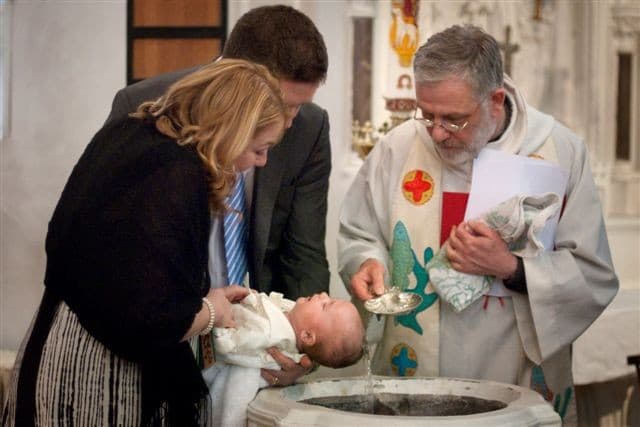
The Sacrament of Baptism
This represents the initial sacrament, serving as the entry point to other sacraments. Its fundamental objective is to integrate the baptized individual into God's family, the Church, and to purify the person from the influence of evil. Baptism signifies a commitment to advocate for Jesus and the Catholic faith to others. Naturally, individuals must first deepen their comprehension and affection for Jesus and the faith before assuming this responsibility.
What transpires? Initially, there must be a desire for baptism, either from the child's parents or the adult themselves. Adequate preparation is essential; parents or adults must understand the commitment they are making. The baptism ceremony incorporates various meaningful symbols and actions. The pivotal action involves the pouring or immersion in water three times, accompanied by the declaration: "I baptize you in the name of the Father, and of the Son, and of the Holy Spirit." The Catholic Church acknowledges the baptism of other Christians if it adheres to this formula.
Baptism is mentioned multiple times in the Bible, with a significant reference found in John 3:5, where Jesus declares, "Very truly I tell you, no one can enter the kingdom of God unless they are born of water and the Spirit."
The Sacrament of Confirmation
Confirmation entails the reinforcement of the Holy Spirit's influence in the individual's life. Through this sacrament, the Holy Spirit bestows spiritual gifts upon the person, including wisdom, understanding, counsel, fortitude, knowledge, piety, and fear of the Lord. Just like any gift, these spiritual endowments require exploration and utilization to contribute to the establishment of God's kingdom characterized by justice, love, and mercy in the world.
What takes place during Confirmation? The bishop or a delegated priest extends hands over the individuals being confirmed, offering prayers for the Holy Spirit to descend upon them and provide strength. Anointing them with the Oil of Chrism, a cross is marked on their foreheads. Although not obligatory, some individuals opt for a saint's name, aspiring that the saint's life will serve as an inspiration for them to embody love.
"While staying with them, Jesus instructed them not to leave Jerusalem but to await the promise of the Father. He said, "You heard from me, for John baptized with water, but within a few days, you will be baptized with the Holy Spirit." — Acts 1:4-5
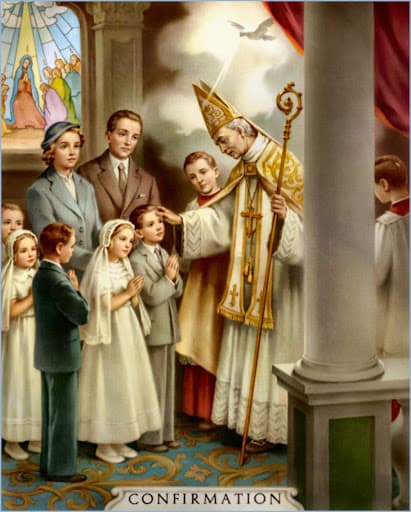
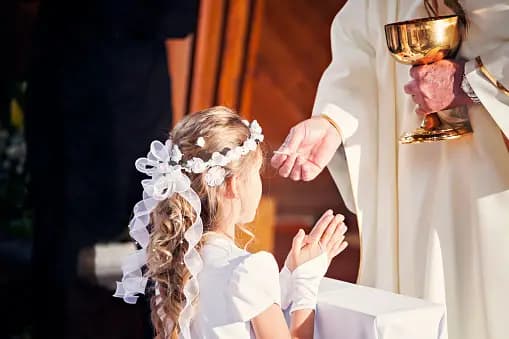
The Sacrament of the Holy Eucharist
The third phase of the initiation process involves partaking in the Eucharist for the first time during the Mass. When we say "`receiving,"` it entails consuming the transformed bread and wine, now representing the Body and Blood of Jesus. Through the priest‘s prayers and words on behalf of the congregation and the influence of the Holy Spirit, the substance or essence of the bread and wine undergoes a change while retaining the same taste and appearance.
What occurs during the Mass is that the priest, representing both himself and the congregation, invokes the Holy Spirit to transform the regular bread and wine into the Body and Blood of Jesus. Subsequently, the individuals approach to receive Jesus, incorporating Him into their own bodies. Each instance we participate in this sacrament, God reenacts the events of Jesus sacrificing his life for us on the cross. Unlike Baptism and Confirmation, Catholics have the opportunity to receive this sacrament weekly, and in fact, daily if they so desire.
"I am the bread of life that descended from heaven; anyone who consumes this bread will exist eternally; and the bread that I provide is my flesh, offered for the life of the world." - John 6:51
The Sacrament of Penance and Reconciliation
The sacrament recognized as Penance and Reconciliation is alternatively referred to as the sacrament of Conversion, Confession, and Forgiveness. In this sacrament, the manifestation of Jesus' love and mercy, namely forgiveness, becomes present in our lives. Acknowledging our shortcomings, we must admit that we frequently fall short in our love for God and one another.
What occurs? Catholics are urged to regularly reflect on their conscience, assessing instances where they may have fallen short in loving God, others, and themselves. They are also encouraged to earnestly seek reconciliation with anyone they have harmed. With the sacrament's strict confidentiality guaranteed, individuals privately confess these shortcomings—sins—to a priest, seeking God's forgiveness. The priest affirms the person of Jesus' pardon and absolves them of their sins. Additionally, the priest may offer gentle guidance or encouragement to support the individual in leading a more loving life.
John 20:23 holds significant importance for Catholics regarding biblical support for the sacrament of confession: "If you forgive the sins of any, they are forgiven; if you retain the sins of any, they are retained." Priests carry on this ministry, while also participating in the sacrament themselves.
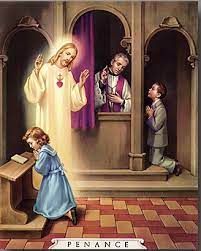

The Sacrament of Anointing of the Sick
During his time on earth, Jesus openly showed compassion for the sick, healing many who were brought to him. Illness, in its various manifestations, affects everyone. This sacrament represents God's concern for us in our times of suffering, particularly as we near death.
What occurs during this sacrament? The priest prays for the sick person's liberation from sin, and the sacrament of Reconciliation may be administered. The priest intercedes for both physical and spiritual healing, often placing his hands on the individual. Utilizing the Oil of the Sick, he proceeds to anoint them, typically on the forehead and then on the hands.
"If anyone among you is unwell, they should summon the elders of the church, who will pray for them and anoint them with oil in the name of the Lord." – James 5:14
Sacrament of Matrimony
The sacrament of Penance and Reconciliation, also referred to as the sacrament of Conversion, Confession, and Forgiveness, is the means through which Jesus' love and mercy (forgiveness) become manifest in our lives. To be candid, we must acknowledge that we frequently fall short in our love for God and one another.
In this process, Catholics are encouraged to routinely reflect on their conscience, evaluating instances where they may have fallen short in loving God, others, and themselves. They are also urged to actively seek reconciliation with those they may have harmed. With the sacrament's assurance of absolute confidentiality, individuals privately confess these shortcomings, or sins, to a priest, seeking God's forgiveness. The priest provides assurance of Jesus' forgiveness and absolves them of their sins, sometimes offering gentle advice or encouragement to guide the person toward a more loving life.
"Have you not read," he answered, "that at the beginning the Creator 'made them male and female,' and said, 'For this reason, a man will leave his father and mother and be united to his wife, and the two will become one flesh'? So they are no longer two, but one flesh. Therefore, what God has joined together, let no one separate." —(Matthew 19:4-6).
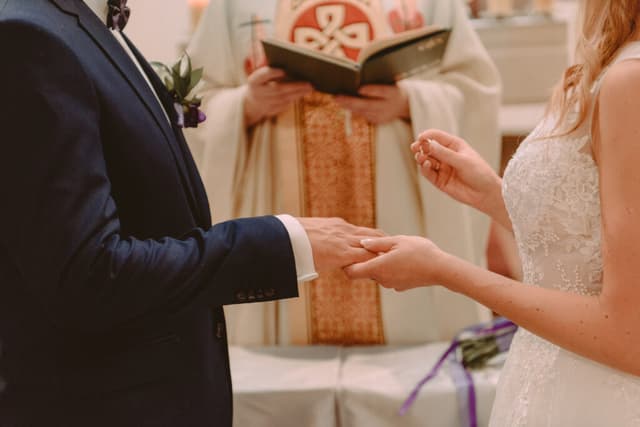
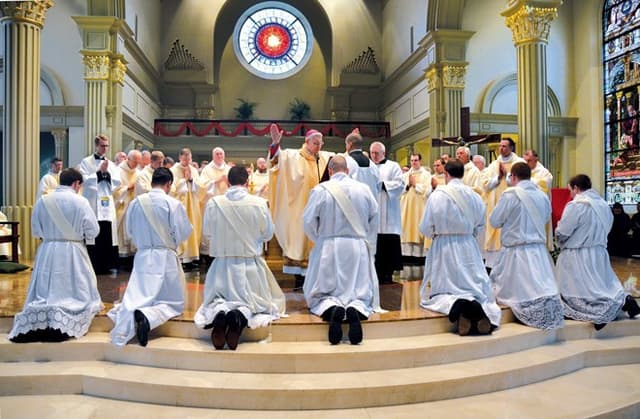
The Sacrament of Holy Orders
During Jesus' earthly ministry, he openly demonstrated his concern for the sick, healing numerous individuals brought to him. Sickness, in its various manifestations, is an experience that touches each of us. This sacrament serves as a manifestation of God's compassion for us in times of suffering, particularly as we approach the end of life.
What occurs during this sacrament? The priest offers prayers for the sick person's liberation from sin, and the sacrament of Reconciliation may also be administered. The priest implores for both their physical and spiritual healing, typically by laying hands upon them. Employing the Oil of the Sick, he proceeds to anoint them, usually on the forehead and then on the hands.
"Have you not read," he responded, "that at the start the Creator 'made them male and female,' and said, 'For this reason a man will leave his father and mother and be united to his wife, and the two will become one flesh'? So they are no longer two, but one flesh. Hence, what God has joined together, let no one separate."—(Matthew 19:4-6 ).